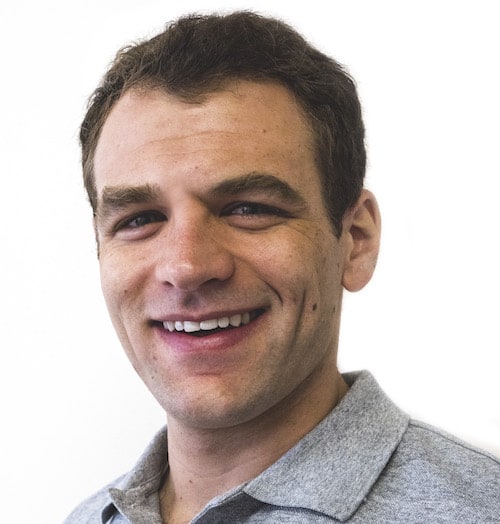Table of Contents
Making sure that your child gets a sufficient amount of sleep is one of the most important things you can do as a parent to ensure they stay healthy. Of course, children must be taught to fall asleep and to stay in their beds until morning in order to get the amount of sleep they need. This is no easy task, as children between the ages of three and thirteen need anywhere from eleven to fourteen hours of sleep every night depending on their age.
Establishing a regular bedtime routine for your child will make it much easier for them to get the right amount of sleep. Having a routine that is consistent night after night and is preceded by a defined set of steps gets your child into the right state of mind for sleep, and makes things far less hectic when it comes time to turn out the lights.
When and What to Eat
Every time we eat, our body starts metabolic processes that can help or hinder sleep. The same is true for children, so it is essential that you carefully monitor what your child consumes before bedtime. Some experts recommend having dinner no later than about two or three hours before it is time to go to bed, and the earlier the better, if eating tends to rile your child up. After dinner and before bedtime, it is appropriate for your child to have a snack, as long as it includes the right foods.
Processed sugars should be avoided, as they may keep your child awake. The best foods for promoting sleep include complex carbohydrates, such as whole wheat bread or crackers and tryptophan-containing foods, such as cheese, yogurt, or peanuts. It is recommended that no food be eaten later than twenty minutes before bedtime.

When and What to Drink
What your child drinks before bedtime can also have an adverse effect on sleeping and increase the likelihood of bed-wetting. Note that it is not just the amount of liquid that is consumed that may be the problem, but rather the kinds of things that your child drinks. Until your child is able to wake up in the middle of the night and go to the bathroom, it is wise to reduce the amount of liquid they drink before going to bed; however, you should be careful not to reduce the amount so much that your child goes to bed thirsty or becomes dehydrated.
When considering the amount of liquid consumed before bedtime, remember that certain foods, such as fruits and vegetables have a high water content. Also, make sure that your child does not have any caffeinated drinks after the late afternoon. That means no coffee, tea, or caffeinated sodas.
Activities to do Before Sleep
A bedtime routine that includes relaxing activities and gives your child some sense of ownership over the process is also conducive to better sleep. In addition to standard activities, such as brushing their teeth, things such as a calm, warm bath will help get the body ready for sleeping.

Allowing your child to pick out pajamas and the bedtime story they want to hear is also a good idea; it gives your child something to look forward to and can make them more willing participant in the bedtime routine. Other helpful activities that can promote good sleeping include singing your child’s favorite lullaby and saying a prayer or expressing thanks for the day, its activities, and friends and family.
Atmospheres Best for Sleeping
A set bedtime routine is important, but the right atmosphere for sleeping is also necessary for your child to get adequate rest. Your child’s bedroom should be dark, so heavy curtains are recommended to help block out light. Keeping the room at a temperature of between 64° and 75°F will also make the atmosphere more conducive to a good night’s sleep.
Finally, many sleep experts are now recommending that parents make their kids’ bedrooms into “screen-free” zones. That is, keeping computers, mobile devices, tablet computers, televisions, and other similar things out of bedrooms will contribute to a better night’s sleep for your child.
Bedtime Incentives
Until a good, personalized bedtime routine is established, getting your child into a bedtime routine can be difficult. Some parents may find that offering certain incentives for following all the routine’s steps and staying in bed until morning can make this process smoother. Creating a chart that lists the steps of the routine and then giving a prize after your child does them for a certain number of days can help encourage them to follow the bedtime program. The reward does not have to be complicated or fancy; most children are quite happy with even the smallest incentives if they feel like they’ve earned it themselves.
- Bedtime Routines for School-Aged Children
- Children and Sleep
- Establishing Bedtime Routines for Children
- Getting Kids to Sleep Using a Bedtime Routine
- Getting Your Child to Go to Bed & Stay There
- A Good Night’s Sleep Can Be Routine for Kids-and Their Parents
- Healthy Sleep Tips for Children
- Sesame Street: Bedtime Routine Media Helps
- Sleep and Your Preschooler
- Solving Bedtime Problems
Subscribe Today!
Get the latest deals, discounts, reviews, and giveaways!
